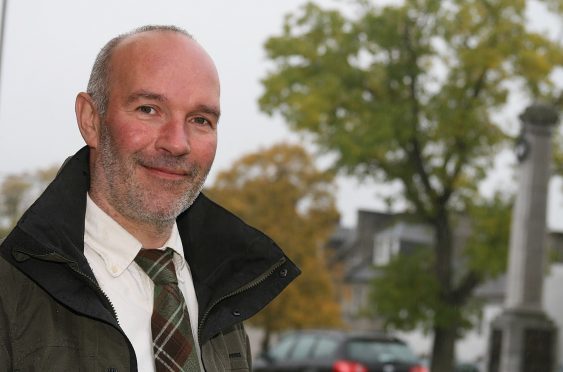A landmark this month is the closing of the crofting legislation reform consultation on November 20.
I have mentioned this before, but let me go into a bit more detail on the context.
The current crofting legislation reform started with the formation of the Land Reform Policy Group in 1998. This led to the first crofting reform act of 2007, a bit of a damp squib that did not fulfil its potential but did give us the ability to create new crofts – more on this later.
The 2007 act also gave rise to the Committee of Inquiry on Crofting, the largest investigation into crofting for a generation.
Only some of the recommendations of the inquiry were taken up by Scottish Government which then passed the next crofting act in 2010. Following its enactment glitches emerged, necessitating the passing of an emergency act in 2013, and leading to 126 problem issues being placed in the “Crofting Law Sump” by stakeholders, lawyers and members of the crofting public.
The current consultation offers three main options for change.
Starting all over again with a “clean sheet’” runs the risk of crofters’ rights being lost, bearing in mind that a clean sheet means exactly that – the crofting acts are repealed. And then finding consensus on what goes on to the clean sheet could also be protracted, if not impossible, to achieve.
The two options of amending and then consolidating the law or “restating law” are both feasible though it is difficult to anticipate what could be left out in restating law, the consultation document indicating that it would be the “light” version of the two. So at this point I am for the more thorough approach of continuing on the journey of amending the evolved law we have and then consolidating it.
A key driver of land reform in Scotland has been to increase the number of people who occupy, own, manage and have a say in Scotland’s land. The Land Reform Policy Group of 1998, which I mentioned earlier, and the Land Reform Review Group of 2014, both found that it is essential to achieve a reduction in the concentration of land ownership and management arrangements.
The Scottish Crofting Federation (SCF) has called on the Scottish Government to create 10,000 new crofts, half of which should be woodland crofts. This sounds a lot, but it is actually only a tiny proportion of Scotland’s rural land we are talking about.
If we use five hectares (ha) as an average croft size, we want 25,000ha for agricultural crofts and 25,000ha for woodland crofts. The total amount of agricultural land in Scotland which is not already under crofting tenure is 4.94million ha so 25,000ha of new crofts would only take 0.5% of this land. The total woodland area over the whole of Scotland is 1.44million ha so 25,000ha represents only 1.7% of that. And if we value crofting of course we want more of it, across Scotland.
A footnote: Scottish Government claims to value crofting, yet in last week’s government statement on the lack of convergence payments being returned to Scotland, crofters are not mentioned at all despite being the primary producers whose pitiful basic payments have brought the UK and Scottish average payments down low enough to justify the convergence payments. Poor show.
But, this month sees most producers, who have applied for it, receiving their “loan”, the advance on their Common Agricultural Policy (Cap) payment. Well done Scottish Government for the timely and pragmatic solution.
Patrick Krause is chief executive of the Scottish Crofting Federation
